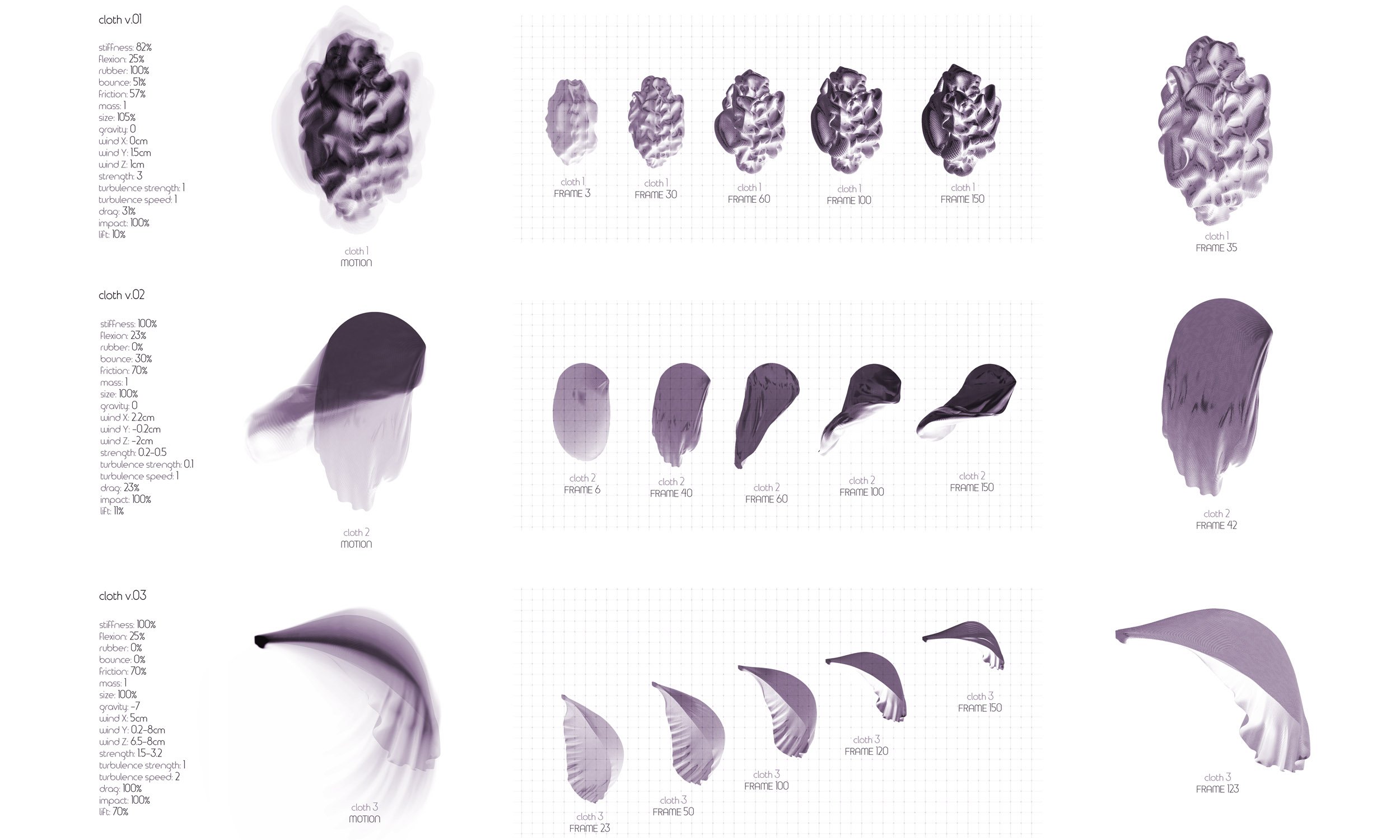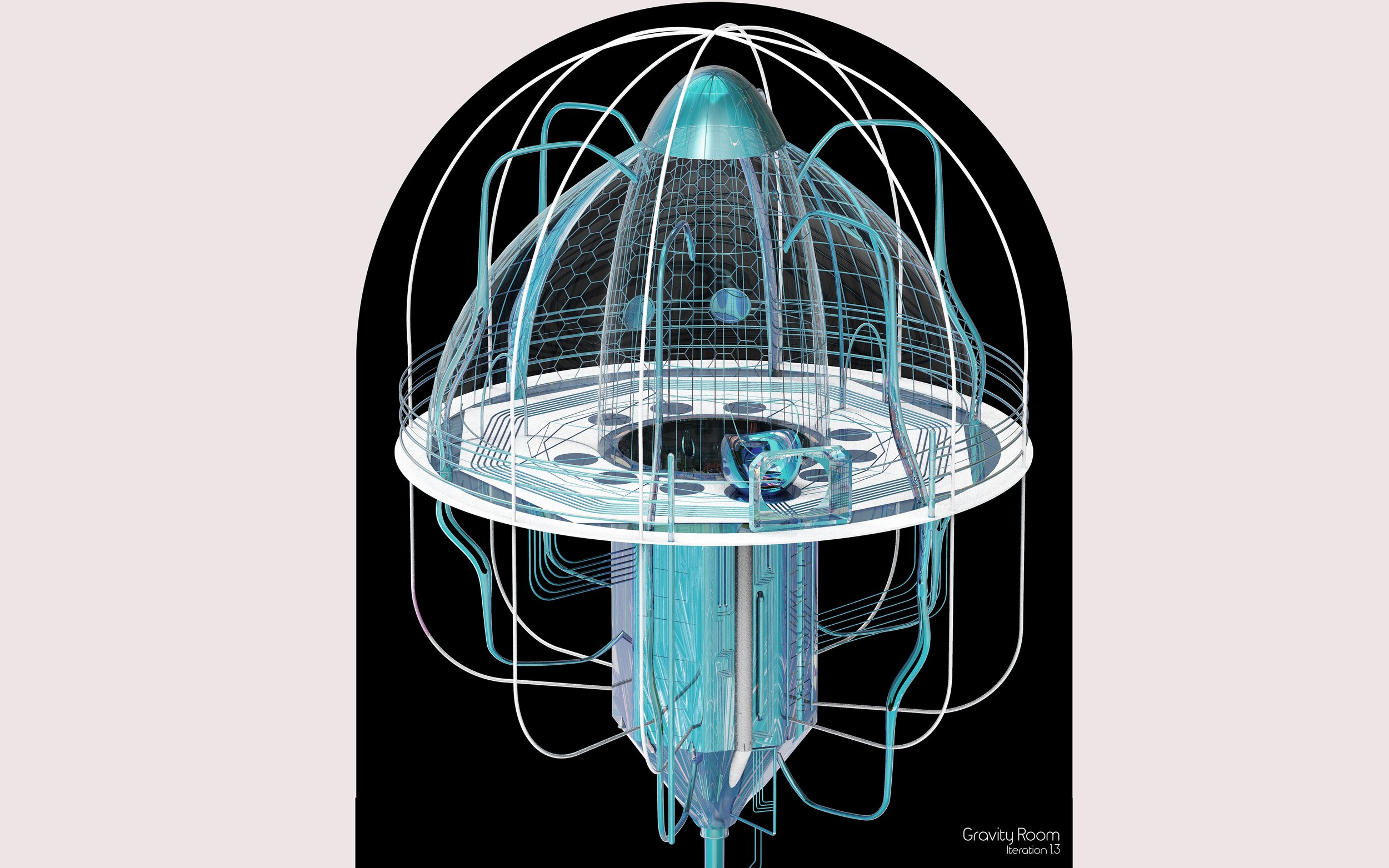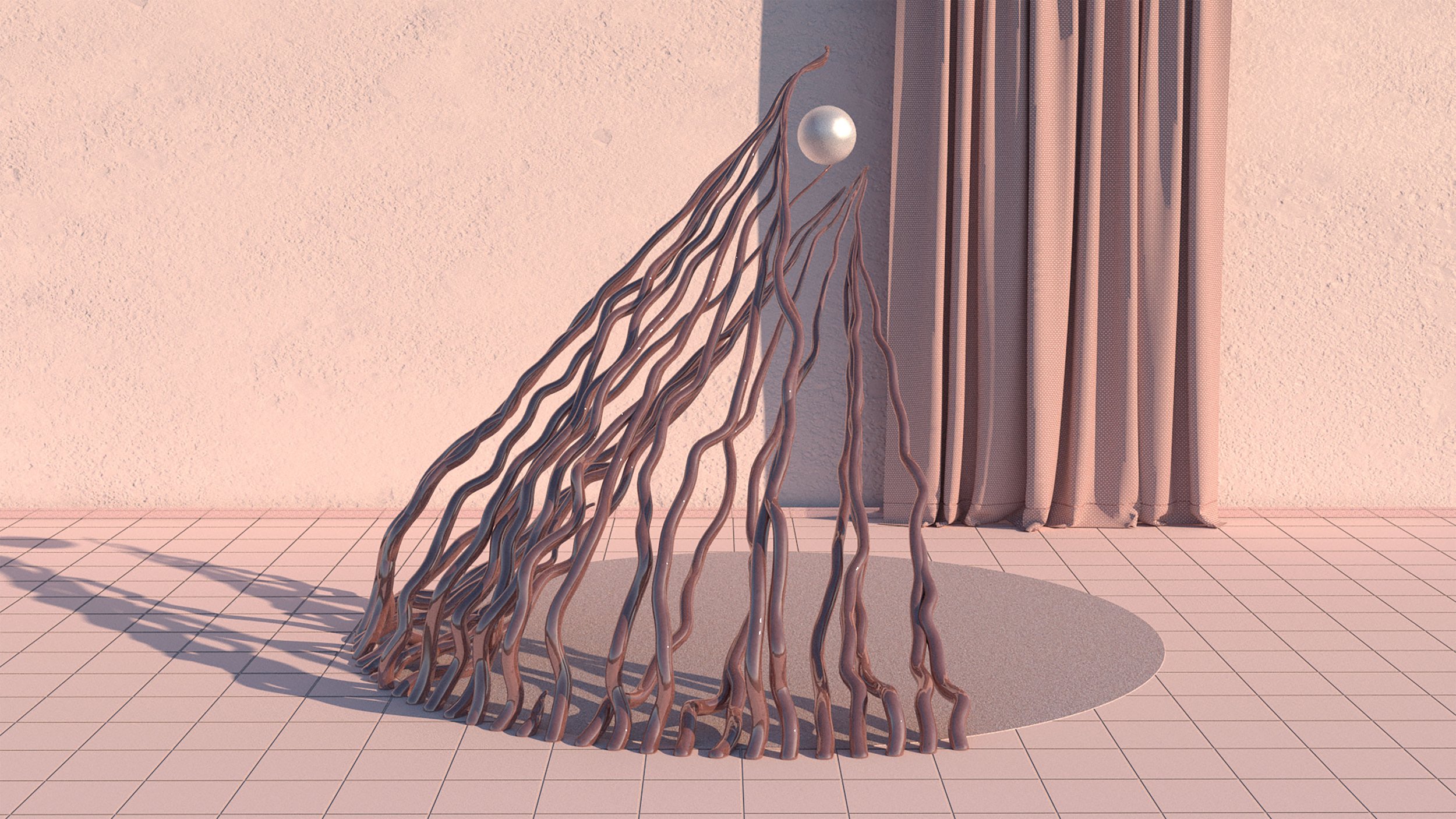
‘Composing Dreamscapes’ by Elena Jaramazovic
Master of Applied Design in Architecture (2019-2021)
Oxford Brookes University, UK
Key supervisors: Scott Sworts and Hannah Durham
keywords: oneiric, dream-like, film and architecture, dreamscape, subconscious
Dreams and sleep take up about a third of an average person’s life, yet the fundamental questions such as “What are dreams?” or “Why do we dream?” remain unanswered. Various hypotheses are argued across disciplines in an attempt to answer these most basic questions, but no consensus has been reached. This means that one third of our lives, a part of everyday life, remains under a veil of mystery. It is one of the great remaining scientific enigmas, which we are still uncovering. Trying to describe, understand and depict this part of life has been a long endeavour of the human race. It has been attempted in a variety of mediums, such as story-telling, writing, painting, film etc. By studying these examples, an almost intangible common thread connecting the oneiric comes to surface. Although dreams are subjective, influenced by our own experiences and events, some characteristics of dreams are most commonly present. This similarity can be seen in descriptions of dreaming across all disciplines, from the ancient times until today, using a variety of terms. Understanding this thread that connects the oneiric and sewing it into architectural design is the aim of this research.
This project attempts to answer the question: What characterizes the oneiric and how can some of these qualities be translated into architectural design? The study explores the characteristics of the oneiric and its spatial qualities through the analysis of films, film sets and a dream journal. Film is the main driver of this research, as a medium closely related to architecture as well as the dream-like. It is used as a connection between dreams and architecture. This connection is explained in the Dictionary of Oneiric design, which summarizes the findings, showing how certain elements of the dream-like are shown in film, and how from film this can be translated into architectural design. This translation often requires the use of various tools and techniques which are explored and implemented in the project.
The hypothesis is that by employing the techniques of spatial organization, lighting and special effects used in cinema and theatre, architectural design can evoke the feeling of being in a dream in the explorer of the space.
Elena Jaramazovic / MArchD / Oxford Brookes / 2019-21
I am an Architecture student, currently doing my Part II at Oxford Brookes University. Previously, I finished my Part I in University of Belgrade and a Master in Robotics and Advanced Construction at IaaC.






